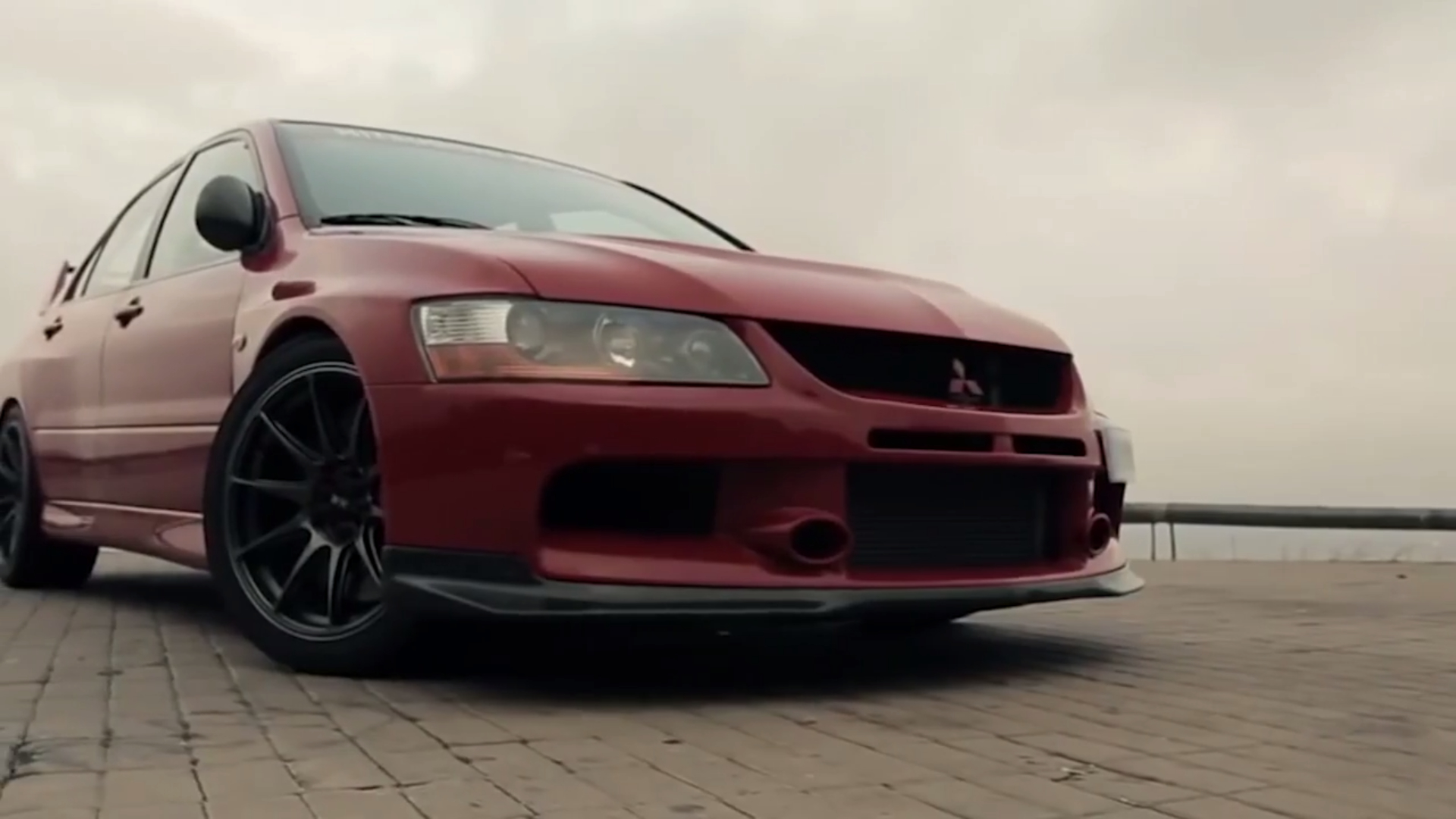

For this week’s “Everything You Need to Know | Up to Speed” video, Donut Media featured the Mitsubishi Lancer Evolution. The Lancer Evolution spanned 10 generations all powered by a 2.0-liter 4G63T inline four turbocharged engine, all except one model. Donut Media’s James Pumphrey gives you the history on where the first Lancer Evo got its start to the final Lancer Evo created.
In 1973, Mitsubishi released the Lancer. As with most well-respected and loved performance cars the Lancer Evolution got its start in racing, rally racing to be specific. Mitsubishi took their Lancer model rally racing and it was successful.
In the late ’80s, Mitsubishi was developing a Group B rallycar based on their Starion model. Group B was rallying was outlawed due to the fatal crashes and overall lack of safety at the events. Mitsubishi was left with a nearly complete competitive rallycar with no where to race it. They decided to take the Starion’s AWD rally drivetrain and use it in their sedan Galant model to go Group A rally racing.
European rally stages became tighter and tighter forcing the need to go smaller, a Galant was not too big to rally race. Other manufacturers, went smaller as well. Ford went from the Sierra to the Escort, Subaru went from the Legacy to the Impreza, Toyota went from the Celica to the Corolla, and Mitsubishi went from the Galant to the Lancer.
In October 1992, Mitsubishi used the Galant’s drivetrain and everything learned from rally racing and released the Lancer Evolution, Evo I. The Evo I had an available RS model which had no power windows or seats, no anti-lock brakes, no rear windshield wiper, and was equipped with steel wheels all for weight reduction.
The Evo II was released in 1994 and it featured lighter swaybars, a bigger spoiler, and added 10 more horsepower. The Evo III was when bigger changes were made. A new look with larger holes in the front bumper, a bigger intercooler, higher compression in the engine, and most importantly a larger turbocharger for the engine.
The Evo IV continued performance improvements featuring Active Yaw Control. As Pumphrey puts it, it’s “basically a robot that tells the car when to send torque to each individual wheel.” The Evo V and Evo VI were much of the same as the Evo IV, but when the Evo VII came around it featured a new Active Center Differential.
The Evo VIII is notable because it is the first Lancer Evolution to be sold in the United States, but it lacked the Active Yaw Control. The Evo IX had no real notable enhancements beyond a limited run station wagon model. The Evo X is the Lancer Evolution’s swan song, made until 2016, it was the only Evo to not be powered by the 4G63T inline four engine. As Pumphrey states, “It literally did not have the heart of an Evo.”
Mitsubishi maybe ruining changing the Evolution name to represent a crossover, but the legacy will remain. Check out the video below to get even more of the details.
